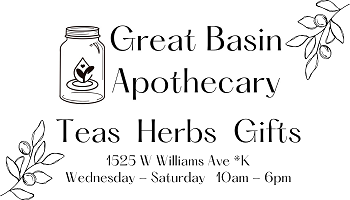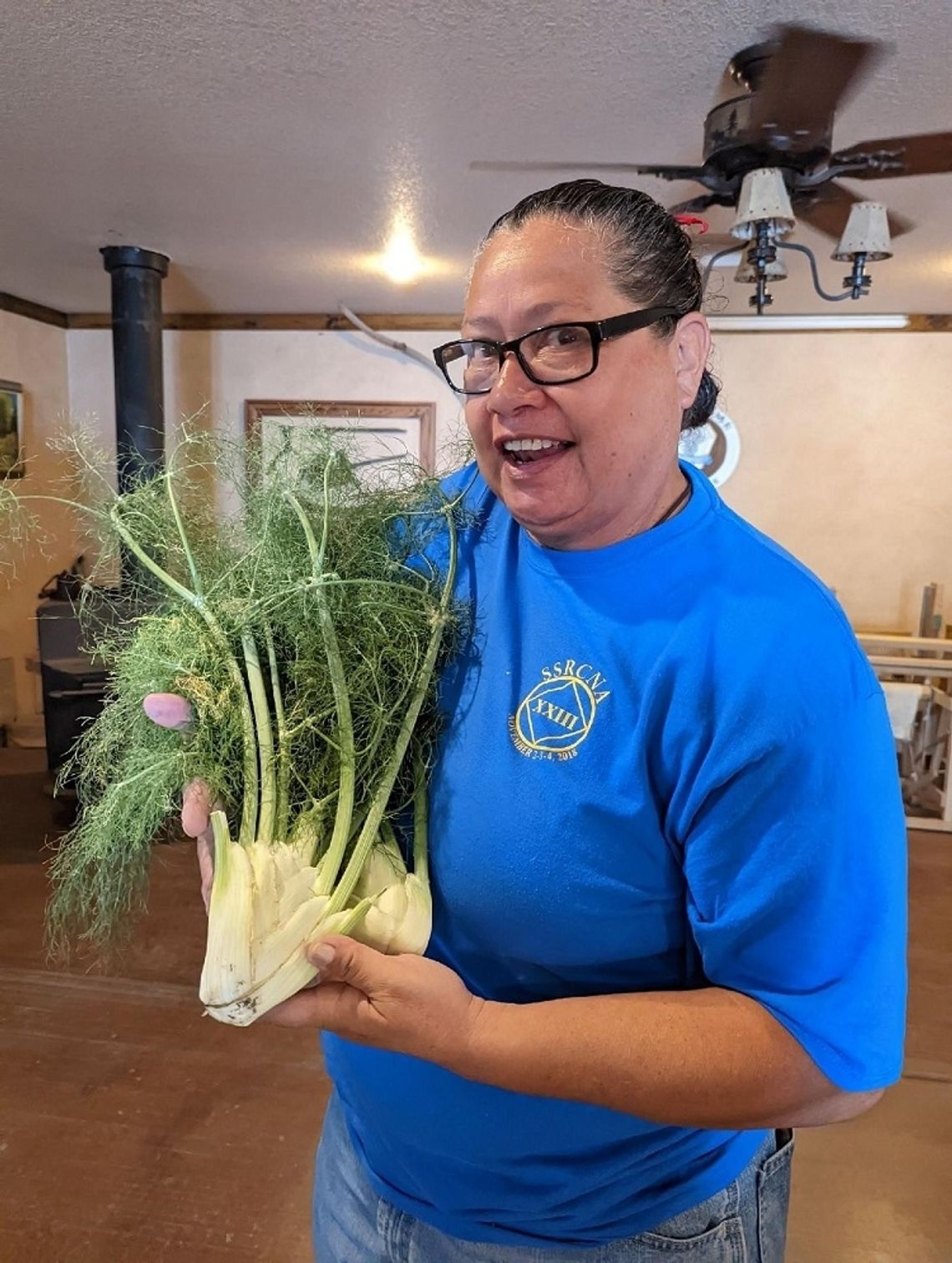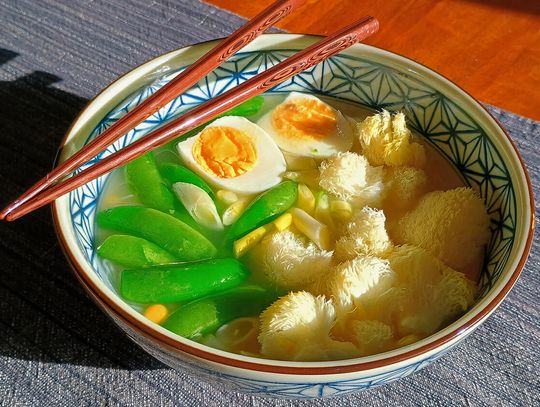There has been a bevy of things happening in my world this last week. My Ned and I hosted his parents for a visit from Las Vegas, we are in the final stage of planning and gathering before our 10th annual golf tournament to benefit the Fallon Youth Club, and the food hub team and I started executing our community food access grant project. While I am always excited to visit with my in-laws, it was the grant project that caused me to experience the most excitement and anxiety this last week. There are a ton of logistics involved. We are now buying produce from local farmers for six different distribution locations and programs, with four separate days of moving food, packing boxes, and coordinating volunteers. All in all, week one went very smoothly and I am so proud to report that we have already made around 3000 pounds of produce available to our partners and community.
The produce item that raised the most questions this week was fennel, which surprisingly generated more inquiries than the kohlrabi. So, I thought that I would take this opportunity to spread the word about this tasty veggie and member of the carrot family. Even if you have never before purchased a fresh fennel bulb at the grocery store or your local farmers market, you are likely familiar with the flavor and have regularly consumed fennel without even knowing it. My husband avows that the ingredient that makes Chicago pizza superior to any other kind of pizza is the inclusion of fennel seeds in the sweet Italian sausage. Many sausage varieties include fennel seed as a key flavoring ingredient. Despite this unknown familiarity, a fresh fennel plant can be a little intimidating with its strange bulb and frilly fronds. But fennel is a versatile and delicious ingredient. It is crunchy and has a mild anise flavor when eaten raw and becomes sweet and velvety soft when roasted.
All parts of the fennel bulb are edible, and they all are well suited for different purposes. First, I separate the stalks and frilly leaves from the bulb. The stalks I save in my freezer “stock bag” to include in a veggie, chicken, or fish stock the next time that is on my agenda. The frilly, almost dill-like leaves are a great addition to salad greens. Next, I trim or peel any bits of the outer skin of the bulb that is discolored. When it comes to cutting up the bulb, the most important decision is whether or not you want to separate the core of the fennel. The fennel core is 100% edible though it can be a little bit tougher than the rest of the bulb. If you leave the core intact, you will have rounds or wedges with multiple fennel layers attached. If you separate the core, you will have separate strips of fennel. There is not a wrong or right way to do this. I tend to vary my preparation based on the dish that I am making using the core in for roasting and the core out for salads.
Our fennel recipe today is super simple. While we were distributing produce at the William N. Pennington Life Center on Tuesday, I found myself repeating over and over, “every veggie in this room that needs to be cooked can be prepared in the same way. Cut it up, toss it with olive oil, salt, and pepper, and roast in the oven at 375° until it is soft and caramelized.” Almost all produce items can be deliciously prepared with almost no effort, and this is certainly true for fennel.
Roasted Fennel
INGREDIENTS
Fennel bulbs, core intact & cut into wedges
Olive oil
Salt and pepper
DIRECTIONS
- Preheat your oven to 375°. Line a cookie sheet with parchment paper.
- Toss fennel wedges with olive oil and season generously with salt and pepper. Spread in a single layer with good separation on the parchment-lined cookie sheet.
- Roast for 25-35 minutes until the fennel is tender and well caramelized
- Garnish with a squeeze of lemon or a sprinkle of parmesan cheese
If you and your family cannot regularly afford fresh vegetables, please stop by the William N. Pennington Life Center on Tuesdays between 11:30 and 1:00.









































Comment
Comments